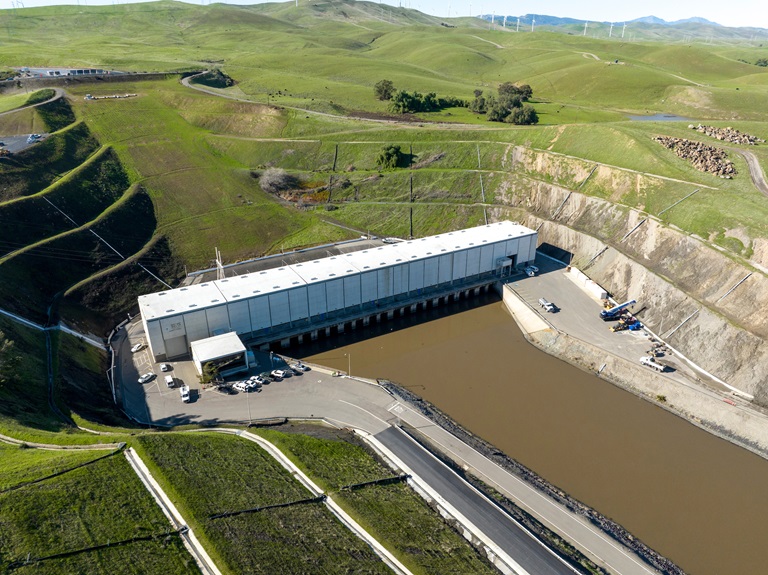DWR Uses Genetic Technology to Help Identify Endangered Fish
The Harvey O. Banks Delta Pumping Plant, which is one of the facilities that benefited from the genetic technology.
The Department of Water Resources (DWR) is using the latest genetic technologies to more accurately identify endangered fish at the State Water Project pumps in the Sacramento-San Joaquin Delta. Along with improved accuracy to quickly determine whether a fish is endangered, the new technology has the additional benefit of preventing unnecessary reduction in water capture which makes that water supply available for Californians.
“DWR is using the best available science to improve our operations to balance both environmental and community water needs,” said DWR Director Karla Nemeth. “As we adapt to climate extremes with more uncertainty about how much water will be available, it is critical to use these innovative approaches in our water management practices.”
The genetic technology, similar to testing for COVID-19, is being used to more accurately guide water operations for endangered species protection. Central Valley rivers support four unique runs of Chinook salmon, defined by the timing of adult spawning migrations, but only two, winter-run and spring-run, are protected under the federal and California state Endangered Species Acts.
The previous method for run-type identification for juvenile salmon at the south Delta pumps, which has been used for nearly 50 years, is the “Length-at-Date” approach which measures a fish and determines its run based on its length at the date it was captured. However, this method leaves room for misidentification because there can be substantial overlap in the size of juveniles from the different runs.
Starting in January 2023, DWR spearheaded the use of genetic tools at both the State Water Project and the Central Valley Project pumping facilities to more accurately guide operations for endangered run protection. California is already seeing the benefits of using the genetic technology. Following California’s series of winter storms in January, a juvenile salmon was recovered at the State’s pumping facilities. Under the old length-at-date method, it would have been assumed to be an endangered winter-run Chinook salmon and would have triggered a mandatory 5-day pumping restriction. Those restrictions could have resulted in a reduced capture of 15,000 acre-feet of water for human use. But genetic tests determined the juvenile salmon was not from an endangered run and pumping continued. The application of genetic tests allowed capture of enough additional water to supply up to 30,000 households for a year.
DWR looks forward to applying genetic tests and other new technology, as these tools become available, to continue to improve our ability to co-manage endangered species and water supply in California.
